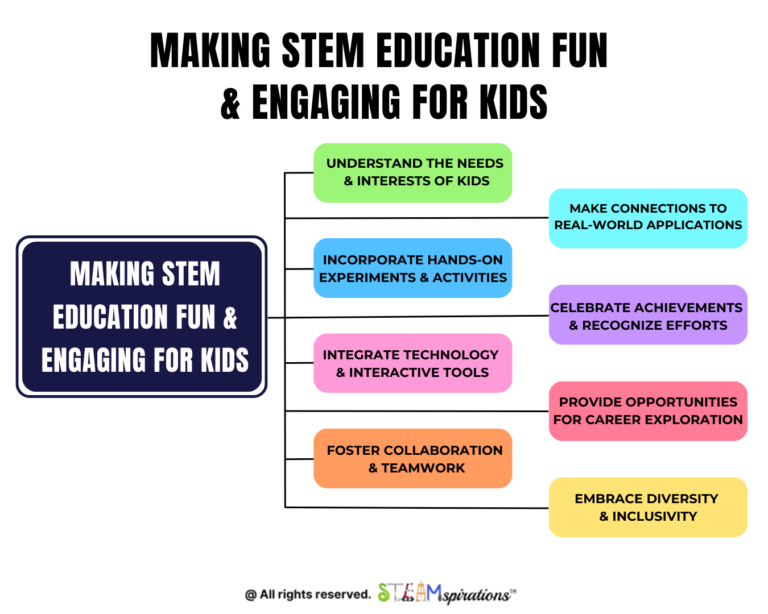As a teacher, you want to ensure that your lessons are effective and engaging for all your students. One way to achieve this is by using data-driven planning. This approach involves collecting data from assessments and classroom activities to guide your instruction and tailor your lessons to the specific needs of your students.
The Importance of Student Data
Student data is essential to effective teaching. By analyzing student performance data such as test scores, classwork, and homework, you can gain insight into what your students need to learn and how you can help them achieve academic success. Using this data to guide your instruction ensures that your lessons are effective and address the specific areas where your students need the most help.
Addressing Learning Gaps
Data-driven planning also helps you identify and address gaps in your students’ learning. By analyzing the data, you can pinpoint areas where your students are struggling and adjust your lesson plans or instructional methods accordingly. This approach helps you provide targeted support and ensures that your students have a better chance of success.
Using Assessments in Lesson Planning
To use assessments effectively in your lesson planning, you need to start with a clear learning objective. This means having a clear understanding of what your students need to learn according to the standards. Creating assessments that are aligned with the learning objectives of the lesson is essential to ensure that you are accurately measuring your students’ academic performance.
Next, you need to decide what type of assessment to use. There are many different types of assessments, including formative assessments that are helpful to track student progress and summative assessments that evaluate student learning at the end of a unit. Choosing assessments that better reflect the learning objectives of the lesson will help you to accurately measure your students’ academic performance.
After the assessment, you will have collected a lot of data that you can use to guide your instruction. Use this data to identify areas where your students are struggling and adjust your lesson plans or instruction accordingly.
Providing Feedback to Students
Finally, it is essential to provide your students with feedback on their performance. This will help them understand where they need to focus their efforts and how they can improve. By providing feedback, you are also promoting a growth mindset that encourages students to learn from their mistakes and see them as opportunities for growth.
Positive Impact on Student Achievement
Research has shown that data-driven decision-making by teachers can have a positive impact on student achievement. For example, studies conducted by Zhang, et al. (2021) revealed that a teacher’s data-driven decision-making can lead to improved student outcomes.
Conclusion
Data-driven planning is an essential tool for effective teaching. By collecting and analyzing student data, you can tailor your lessons to the specific needs of your students, address learning gaps, and provide targeted support. By using assessments and providing feedback, you are also promoting a growth mindset and helping your students achieve academic success.
About the Author
John Lara is one of the founders of STEAMspirations and is also a school administrator with a passion for implementing research-based best practices in education. John has a diverse educational background which includes a Masters in Interdisciplinary Studies from Western New Mexico University and is working on a Ph.D. in Psychology, in Cognition & Instruction from Grand Canyon University in Phoenix, AZ.

